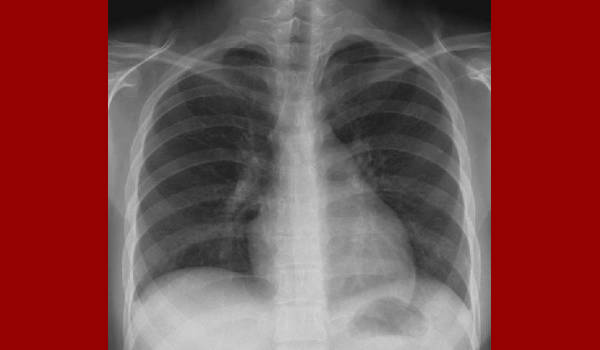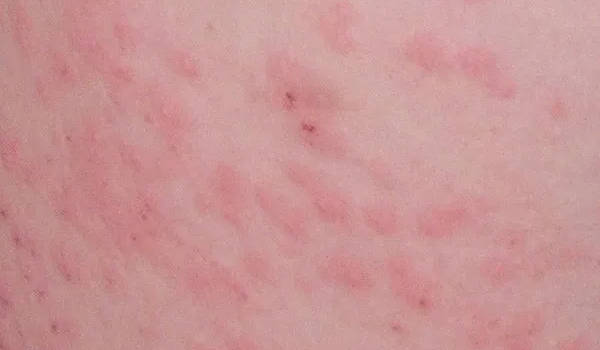
THREAT TO PEOPLE
Due to the number of diseases and bacteria that are present in droppings and nests, urban pest birds pose a real threat to human health. Many diseases in Malaysia, if not controlled, can be linked back to pest birds. Our bird control professionals will be happy to provide you with an obligation free consultation to neutralize such threats.
DISEASES & BACTERIA CAUSED BY BIRDS

1. ORNITHOSIS
Ornithosis is a “flu-like disease” most commonly found in pigeon droppings. However a more serious form, called psittacosis, can also be present in pigeon droppings – with symptoms being more like common pneumonia.

2. ALLERGIC ALVEOLITIS
More commonly known as ‘Pigeon Fancier’s Lung’, this is a serious allergic reaction which can only be cured by the removal of the birds and their nests. Prolonged Allergic Alveolitis reactions can result in permanent lung damage.

3. HISTOPLASMOSIS
Resulting from a fungus that thrives in dried bird droppings, the spores of this fungus can affect humans who breathe them in with a respiratory disease. This particularly becomes an issue when birds are nesting on air intakes and spores can be spread throughout the building.

4. SALMONELLOSIS (SALMONELLA)
Salmonella is a contagious bacteria present in most pest birds and found especially in bird droppings. Moreover, dust from the droppings can dissipate through ventilators and air conditioners, thereby contaminating food-processing plants. In fact, it often occurs that “food poisoning” can be traced to pigeons, swallows, starlings, sparrows, bats and mynahs.

5. ESCHERICHIA COLI (E. COLI)
Gulls in particular have been linked with the spread of E. Coli because they scavenge for food on rubbish tips, sewerage treatment works and sewerage outfall pipes. The E. Coli organisms are present in the gulls droppings and can spread to water supplies and any food premises.

6. CRYPTOCOCCOSIS
Such disease arises from yeast found in the intestinal tract of birds. The illness often begins as a pulmonary disease and may later affect the central nervous system.

7. CANDIDIASIS
This is a yeast of fungal infection originating from birds. The disease affects the skin, mouth, intestines, urogenital tract and respiratory system.

PARASITES, INSECTS & OTHER PESTS
Another considerable health risk associated with urban pest birds are the blood feeding insects and parasites that live in their nests and droppings. These include biting bugs, mites, fleas, ticks and lice, which cause a whole host of problems on their own in addition to the threat caused by birds.
Bird nests can also contain other human-biting, parasitic mites and insect pests such as carpet beetles, clothes moths, spider beetles, dermestid beetles and booklice.
Bird nests can also contain other human-biting, parasitic mites and insect pests such as carpet beetles, clothes moths, spider beetles, dermestid beetles and booklice.
The carcasses of dead birds can also lead to infestations of house flies and blowflies.
SAFETY
Wet bird droppings are very slippery and can be dangerous at high foot-traffic areas. This becomes an even more significant problem if the droppings are on emergency stairways or fire escapes.
POLLUTION
Urban pest birds may also cause contamination of food as well as noise and odour pollution, which create unpleasant conditions for customers and employees.
